The King of Sweden is about to mark his Golden Jubilee, the first monarch in his country’s history to celebrate fifty years on the throne. He is also the longest reigning king on the continent of Europe. Here’s how his long reign fits into the current pattern of royal rule in Europe.
Queen Margrethe II of Denmark – 14 January 1972 – present
Queen Margrethe is Europe’s longest-reigning monarch. The Danish Queen has reigned since 14 January 1972, following the death of her father King Frederik IX, who passed away following a short illness.
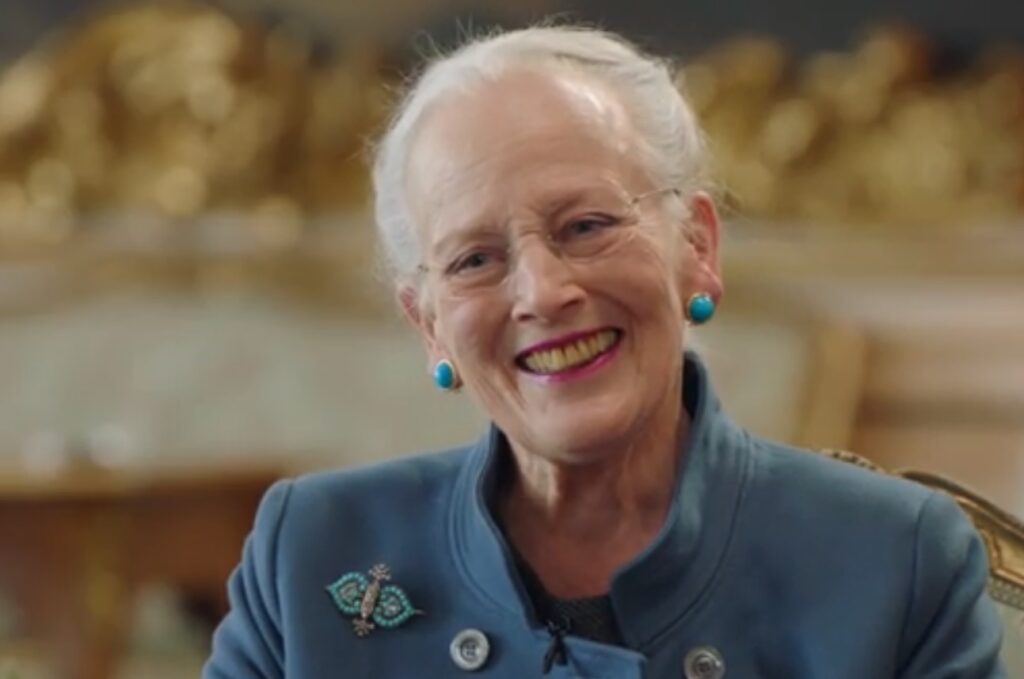
In her time as monarch, Queen Margrethe has proven herself a popular queen whose approval rating has always been high. Her passions include art, design, and costuming.
Queen Margrethe celebrated her Golden Jubilee in 2022, making her the second longest reigning Danish monarch following Christian IV, who reigned for 59 years from 1588-1648.
King Carl XVI Gustaf of Sweden – 15 September 1973-present
King Carl XVI Gustaf was vaulted to first in line of succession at only nine months old after the death of his father, Prince Gustaf Adolf, who was killed in a plane crash on 26 January 1947.
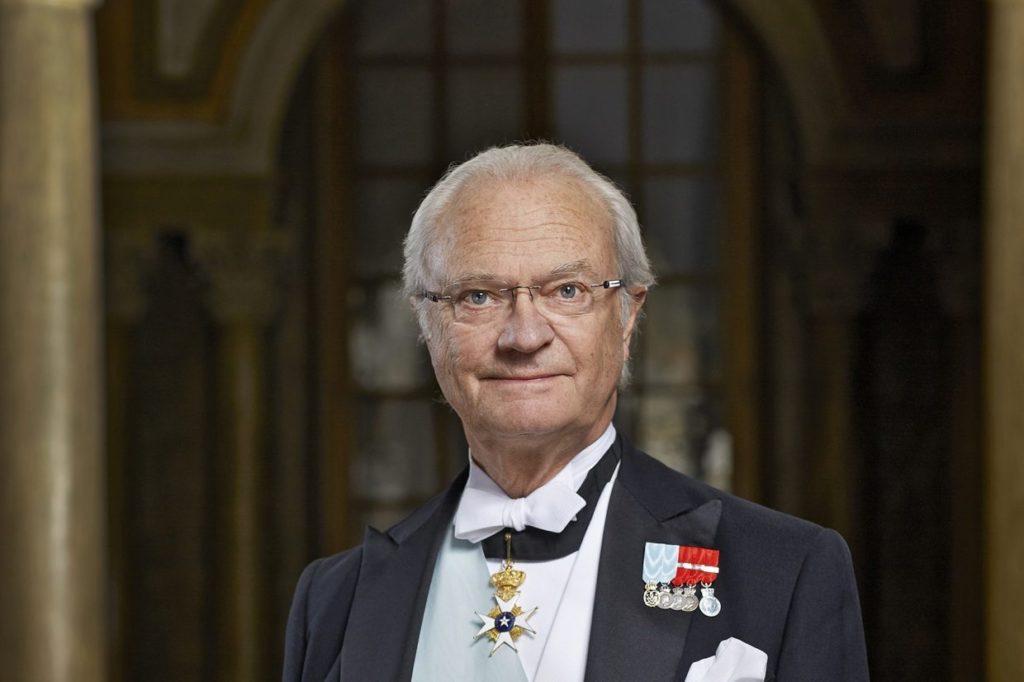
His grandfather, Gustaf VI Adolf, reigned from 29 October 1950 until 15 September 1973, passing away at the age of 90, and leaving his 27-year-old grandson king. The earliest years of his reign were characterised by the loss of any remaining political power, leaving the role of monarch as purely ceremonial, but the king has been an ardent ambassador for Sweden. His passions include the environment, technology, agriculture, and automobiles. He is now Europe’s longest reigning king.
King Carl XVI Gustaf is about to mark his Golden Jubilee with the actual anniversary of his reign taking place on September 15th 2023.
Prince Hans Adam II of Liechtenstein – 13 November 1989-present
Prince Hans Adam II has been the reigning prince of Liechtenstein since 13 November 1989, though he became the regent of the small principality years earlier when his father, Prince Franz Joseph II, handed over the day-to-day powers to him while maintaining his role as head of state.
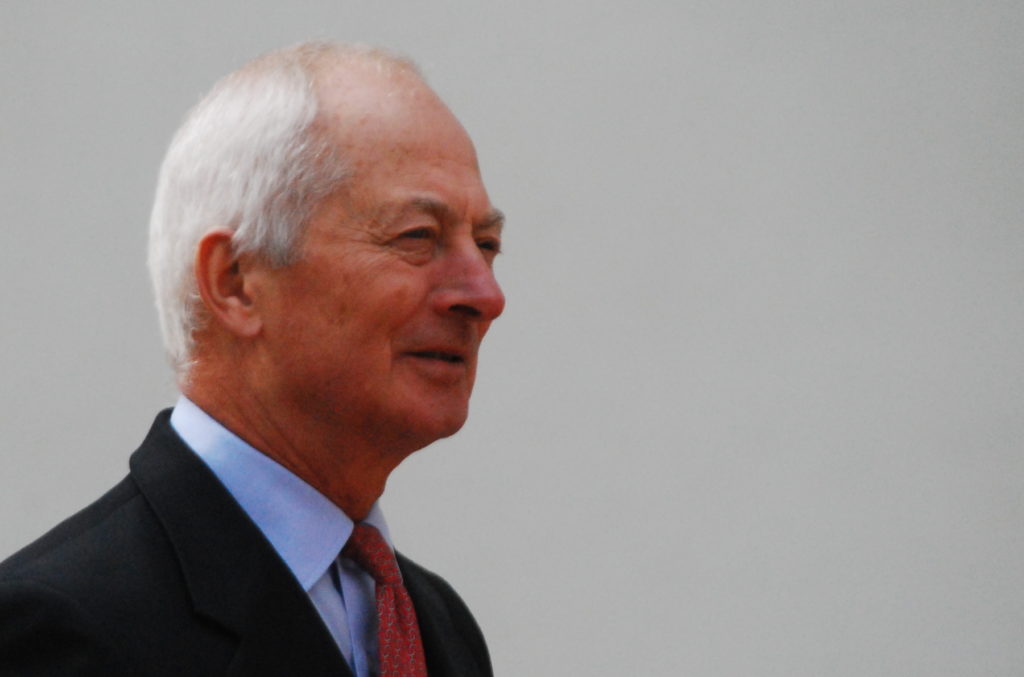
Prince Hans Adam II would follow in his father’s footsteps and name his son regent in 2004. Since 15 August 2004 (Liechtenstein Day) Prince Alois has served as regent while Prince Hans Adam II remains head of state.
Shortly before declaring his son regent, Prince Hans Adam II oversaw a referendum to expand his powers pass after swearing that he would leave the principality should it not pass. It passed with majority in favour of the question.
King Harald V of Norway – 17 January 1991-present
King Harald is only the third sovereign of a modern Norwegian monarchy dating back to 1905, having reigned since 1991. From birth, he was poised to inherit the throne, though spent the years of the Second World War in exile before returning to his home country in 1945 and working his way through higher education and military training. He was the crown prince from 1957 until his popular father’s death, working on behalf of Norway alongside his beloved wife, Sonja.

At his accession in January 1991, Harald became the first Norwegian-born king since 1387, and uses the motto “Alt for Norge,” which means “All for Norway.” He has overseen a period of modernisation for the Norwegian monarchy not just in terms of the way the court is run, but also in updating the royal estates and welcoming commoners Mette-Marit and Ari Behn into the family when they married his children, Crown Prince Haakon and Princess Märtha Louise, respectively.
The recent years of Harald’s reign have been characterised by periods of ill health requiring his son and heir, Crown Prince Haakon, to step in as regent, however Harald has made it clear that he will not abdicate. He marked 30 years on the Norwegian throne in 2021.
Grand Duke Henri of Luxembourg – 7 October 2000-present
The current Grand Duke of Luxembourg, Henri, inherited his throne in 2000 upon the abdication of his father, Grand Duke Jean.
Born and raised in Luxembourg, and heir from the age of 9, Henri was educated in political science and international studies and joined the military, receiving training at Sandhurst in the United Kingdom. He married his wife, Maria Teresa, in 1981 and the couple have five children together.

In 1998, Henri became lieutenant representative for his father, receiving constitutional powers without the title Grand Duke. Two years later, on 7 October, he became Grand Duke upon the abdication of his father, and has reigned ever since. Henri’s main roles are representative, though he retains a few constitutional powers like the ability to dismiss the prime minister and government, accredit ambassadors and give promulgate laws.
Recent history has indicated that the Grand Dukes or Grand Duchesses of Luxembourg abdicate their thrones, and someday, Henri will be followed by his son Hereditary Grand Duke Guillaume.
Prince Albert II of Monaco – 6 April 2005-present
Prince Albert II inherited the throne from the shadow of his father, Prince Rainier III, who reigned over Monaco for 56 years as a popular sovereign with a movie star wife, Princess Grace—formerly Grace Kelly, Oscar-winning actress.
From birth he was heir to the throne, raised in Monaco and educated in France and the United States. Prince Albert was also an Olympian, competing in bobsleigh throughout the ‘90s and early 2000s.
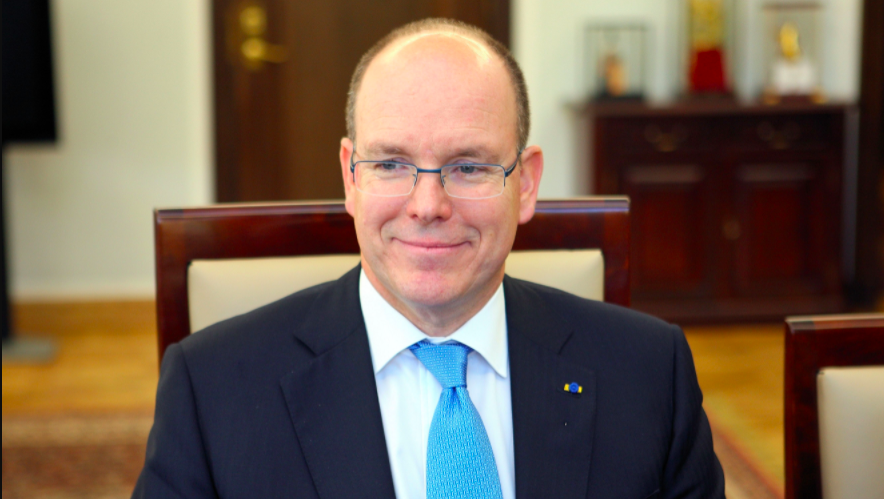
Prince Albert became regent for his ailing father in March 2005 and ascended to the throne less than a week later following his father’s death on 6 April. His enthronement took place in two parts following a customary period of mourning; the first part occurred on 12 July that year and the second part on 19 November.
Prince Albert has championed environmental causes throughout his life and founded the Prince Albert II of Monaco Foundation as a fundraising arm to support his initiatives. He also oversees government and social work in Monaco, and represents the country on a global stage. He married Charlene Wittstock in 2011 and the couple have twin children: Princess Gabriella and his heir apparent, Prince Jacques, born in 2014.
King Willem-Alexander of the Netherlands – 30 April 2013-present
The first Dutch king since 1890, King Willem-Alexander ascended to the throne on 30 April 2013 following the abdication of his popular mother, Queen Beatrix following a 33-year reign.
King Willem-Alexander’s life has been a series of firsts: the afore-mentioned first king since 1890, but also the first male royal baby since 1851 (Prince Alexander was the last male baby born into the royal family), and the first male heir apparent since 1884.
He was educated in the Netherlands and Wales before joining the Dutch military, holding his military positions until his accession to the throne. As heir since 1980, Willem-Alexander served as Prince of Orange and helped represent the Netherlands on the global stage alongside his parents, Queen Beatrix and Prince Claus. His interests lie in sports, water management, and industry.
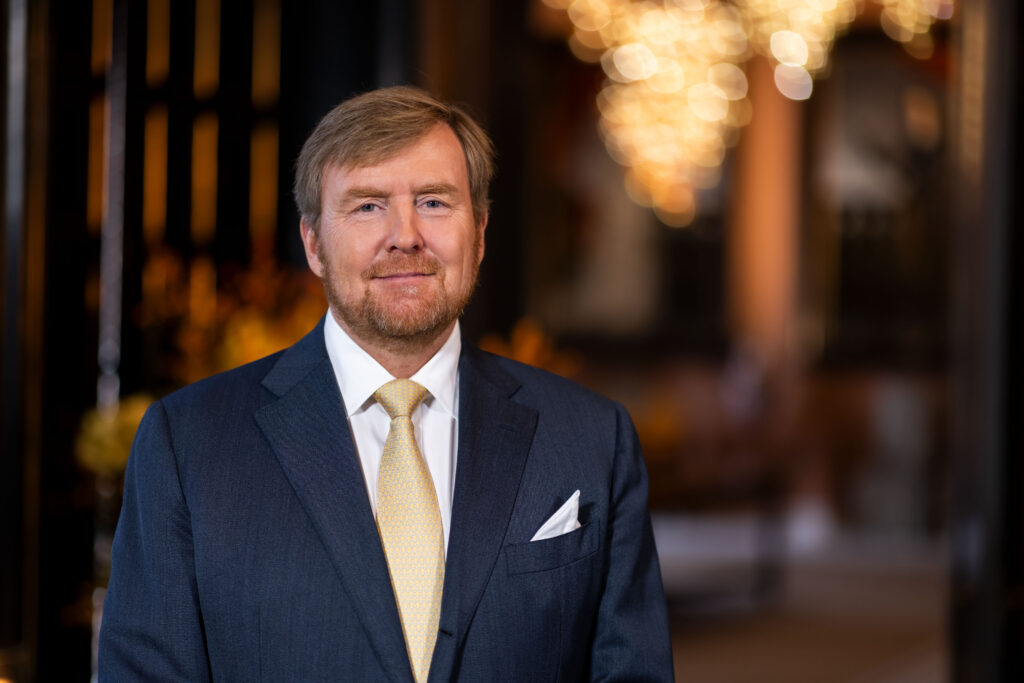
The Dutch royal tradition is for monarchs to abdicate their thrones, so it wasn’t without precedent that Queen Beatrix announced her intentions to abdicate on 28 January 2013. King Willem-Alexander became the first Dutch king in 123 years on 30 April that year.
King Willem-Alexander is married to Argentine-born Queen Máxima in 2002, and the couple have three daughters—which he calls his ‘A Team’: Princess Catharina-Amalia, his heir; Princess Alexia; and Princess Ariane.
King Philippe of the Belgians– 21 July 2013-present
The second king to ascend to his throne in 2013 was King Philippe of Belgium, who took the throne when his father, King Albert II, cited ill health as his reason to abdicate.
Philippe’s path to the throne was a winding one: his uncle, King Baudouin, had reigned from 1951 to 1993, but passed away following a heart surgery and died without issue. Baudouin’s younger brother Albert became king, though many in Belgium had expected that perhaps the throne would bypass to Philippe, who was 33 at the time.
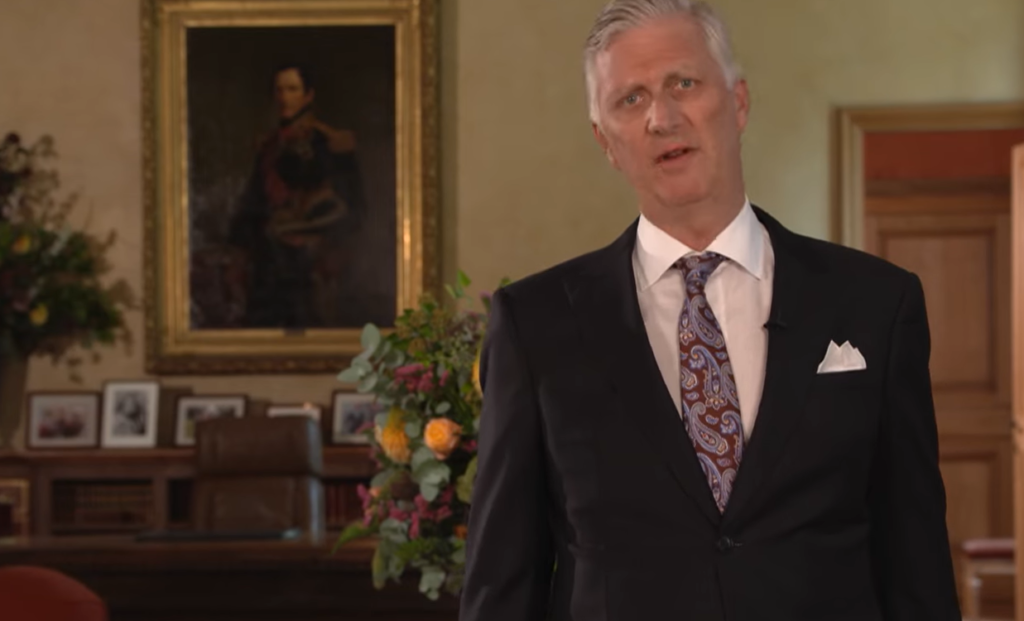
Philippe, instead, became the Duke of Brabant and heir apparent to his father. He had studied in the United Kingdom and the United States and joined the Belgian military, and once he took up full-time royal duties, carried out official economic missions on behalf of Belgium throughout this period.
On 3 July 2013, King Albert announced his intentions to abdicate the throne, and on 21 July, Belgian National Day, King Philippe succeeded his father. His reign has been characterised by working to support the Belgian government and carrying out the official duties as monarch, including state visits, government affairs, and supporting Belgian society.
King Philippe has been married to Queen Mathilde since 1999 and they have four children together including his heiress apparent, Princess Elisabeth (who will be Belgium’s first queen regnant); Prince Gabriel; Prince Emmanuel; and Princess Eleonore.
King Felipe VI of Spain – 19 June 2014-present
Europe’s second newest monarch inherited his throne in 2014 upon the abdication of his once-popular father.
Assuming his duties as heir in the mid-‘90s, Felipe has championed sports, journalism, and economic endeavours.
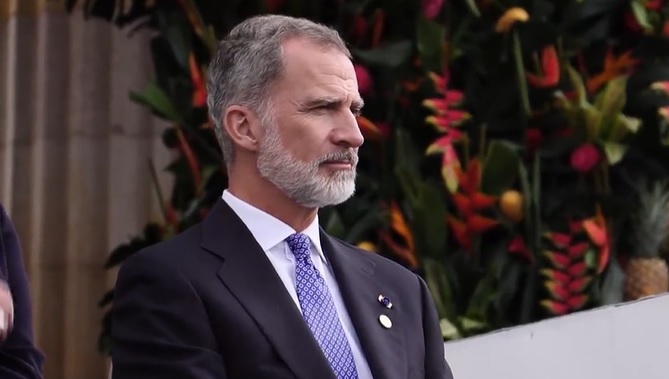
King Juan Carlos, marred by prolonged controversies in the final years of his reign, announced his intention to abdicate in favour of Felipe on 2 June 2014. The royal court would attribute the decision to his age, and it was reported that Juan Carlos had said, “No queremos que mi hijo se marchite esperando como el príncipe Carlos,” which translated means that he didn’t want Felipe to grow old waiting for the throne like the Prince of Wales (the longest-serving Prince of Wales in history). Felipe ascended to the Spanish throne on 19 June that year.
King Felipe’s reign has been dedicated to working with the Spanish government, dealing with ongoing controversies around Juan Carlo (which has included stripping his father of his allowance and renouncing his claims to inheritances that are tied to his father’s dealings) and representing Spain on the global stage.
King Felipe married Queen Letizia in May 2004 and they have two daughters: Princess Leonor, Princess of Asturias, born in 2005, who will reign as Spain’s first queen regnant since 1868; and Infanta Sofia, born in 2007.
King Charles III of the United Kingdom of Great Britain and Northern Ireland – September 8th 2022 – present
The newest monarch in Europe has actually been at the forefront of royal life for longer than any other.
Charles III ascended the British throne on September 8th 2022, on the death of his mother, Queen Elizabeth II. By the time he became King, he had been heir to the throne for seventy years, the longest time as first in line on record anywhere.
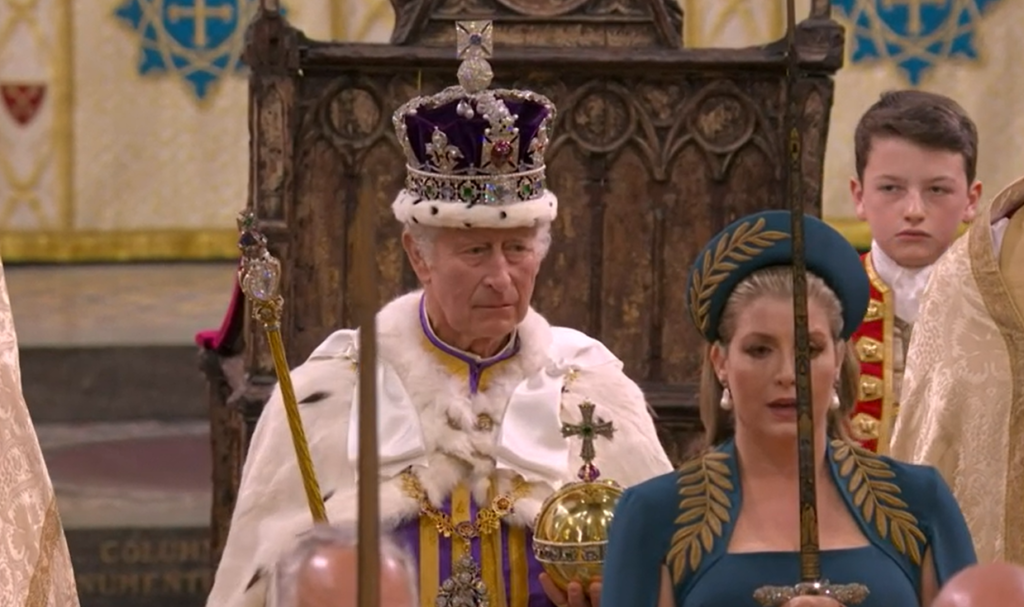
His long tenure as heir was marked by a dedication to a range of causes and patronages. His Prince’s Trust has helped hundreds of thousands of young people while his work on the environment became ground breaking.
He married Queen Camilla in April 2005 at Windsor. His heir is his elder son from his first marriage to Diana, Princess of Wales. Prince William, Prince of Wales became first in line on September 8th 2022.

